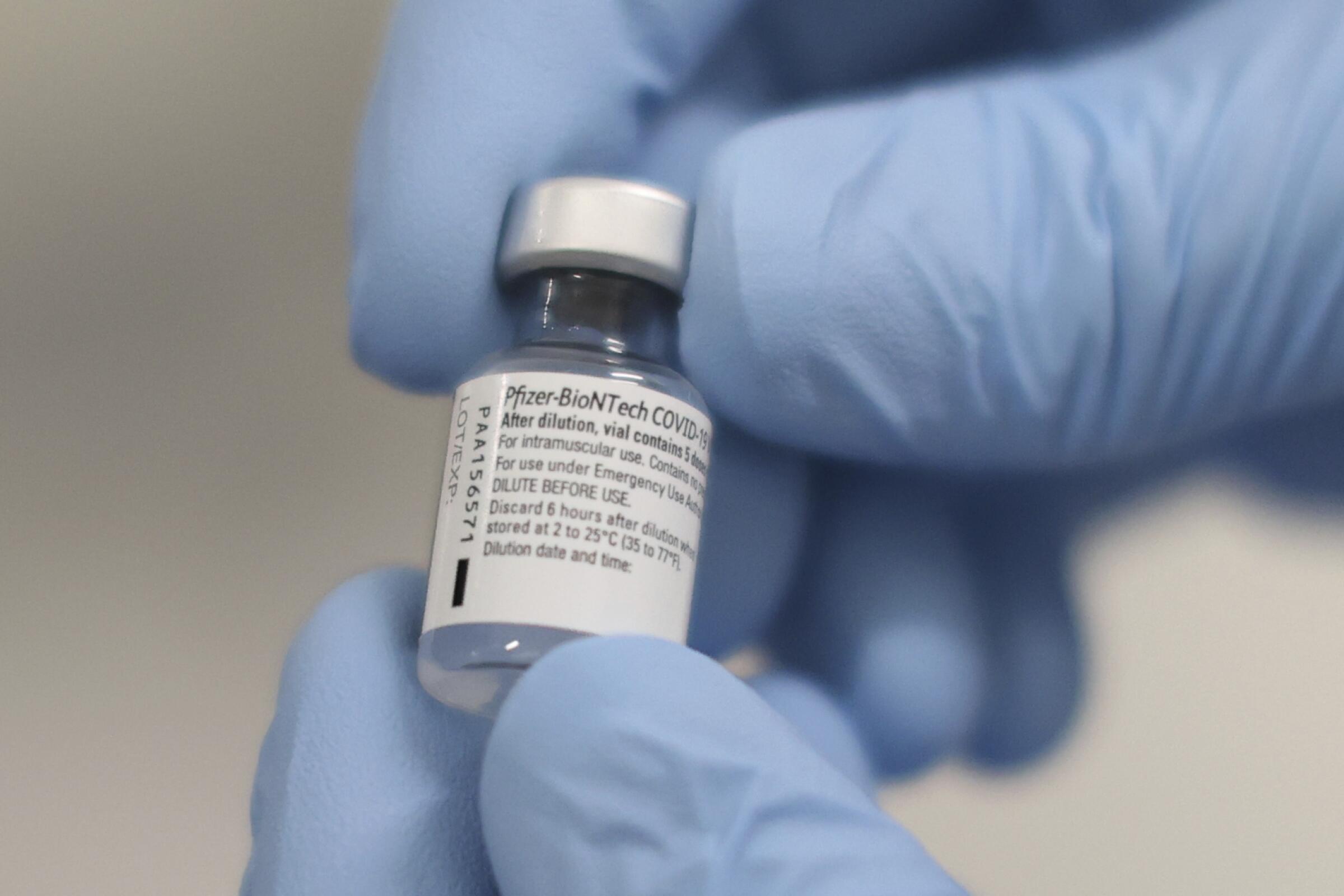Follow Us
Jessica Roy is a former assistant editor on the West Coast Experiences team at the Los Angeles Times. Previously, Roy was an assistant editor on the Utility Journalism team and an editor on the audience engagement team.
Follow Us
Ada Tseng is a former assistant editor with the features team at the Los Angeles Times. She previously was with the Utility Journalism Team, which published stories and information that helped people solve problems, answer questions and make big decisions about life in and around Los Angeles. From 2018 to 2020, Tseng led coverage of Orange County as TimesOC’s entertainment editor, and she co-hosts the Asian American pop culture history podcast “Saturday School.”
Matthew Ballinger is a former deputy editor at the Los Angeles Times. Ballinger joined The Times in 2008 and held roles on several teams — including Climate, Health and Science; the homepage; and copy editing — as well as founding the Utility Journalism Team and working on the rollouts of several newsroom technology platforms.






